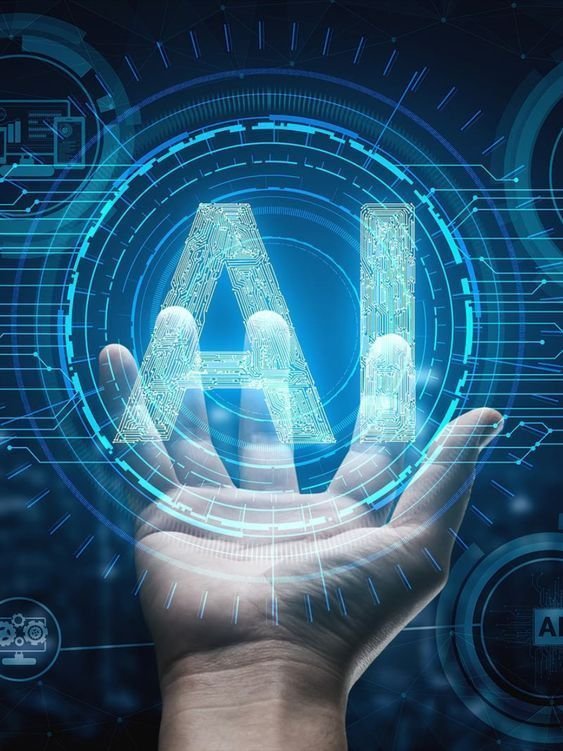How AI Is Transforming the Future of Digital Content Creation

Artificial intelligence (AI) is reshaping the way digital content is produced, distributed, and optimized. Businesses and creators are leveraging advanced tools to improve efficiency, increase engagement, and deliver personalized experiences at scale. Below are the key ways AI is transforming content creation today and in the near future, supported by recent developments and best practices.
1. Automating Routine Content Production
AI-driven platforms such as Jasper, Copy.ai, and Writesonic generate written material for blogs, ads, and product descriptions within seconds. These tools use large language models trained on vast datasets to craft coherent, relevant text, reducing time spent on drafting and editing. Automation enables teams to focus more on strategy and creativity rather than repetitive tasks.
2. Enhancing Personalization at Scale
Content tailored to individual preferences performs better across channels. AI analyzes user behavior, demographic data, and interaction history to recommend specific topics, formats, and delivery times. Platforms like Adobe Experience Cloud and HubSpot integrate AI to dynamically adjust messaging based on real-time engagement metrics, increasing relevance and conversion rates.
3. Improving Visual Content Creation
AI is now capable of producing high-quality images, videos, and even animations with minimal human input. Tools like Midjourney, DALL·E, and Runway enable creators to generate unique visuals that align with brand identity or campaign goals. These systems also assist in editing, removing backgrounds, color grading, and even generating synthetic video content that looks realistic.
4. Optimizing SEO and Content Strategy
Search engines favor well-structured, relevant, and high-performing content. AI tools like Surfer SEO and Clearscope analyze search trends, competitor pages, and keyword clusters to guide topic selection and improve rankings. Machine learning also helps identify gaps in existing material, ensuring coverage of emerging topics aligned with audience intent.
5. Streamlining Video and Audio Production
Transcription, editing, and repurposing of multimedia content are faster with AI. Software like Descript automatically edits audio and video by editing text transcripts, while tools like Synthesia generate human-like avatars to deliver scripted video content. These innovations reduce production costs and enable faster turnaround for dynamic campaigns.
6. Detecting and Mitigating Bias and Plagiarism
AI is also being applied to ensure originality and fairness. Systems can now check for duplicate content, biased language, and accessibility compliance. Tools such as Grammarly and Originality.ai help maintain ethical and professional standards by scanning text for unintended errors or copied material.
7. Supporting Multilingual Content Creation
Reaching global audiences requires accurate and culturally sensitive translations. AI-powered translators like DeepL and Google Translate have improved significantly, producing natural-sounding translations while preserving context. This capability allows businesses to localize content more effectively without hiring large translation teams.
Final Thoughts
AI is no longer a futuristic concept in content creation — it is a practical, powerful tool shaping workflows today. By adopting AI responsibly, creators and organizations can produce more impactful, targeted, and engaging material while staying competitive in an increasingly crowded digital landscape.
If you’d like, I can also draft a meta description, keyword cluster suggestions, and internal linking ideas to fully optimize this article for your site. Let me know!



